The dart shaft replacement process is surprisingly straightforward, typically involving unscrewing the old shaft, inserting the new one, and ensuring a secure fit. This guide will walk you through the entire process, covering different shaft types and offering troubleshooting tips to ensure your darts are always performing at their best.
⚠️ Still Using Pen & Paper (or a Chalkboard)?! ⚠️
Step into the future! The Dart Counter App handles all the scoring, suggests checkouts, and tracks your stats automatically. It's easier than you think!
Try the Smart Dart Counter App FREE!Ready for an upgrade? Click above!
Before we delve into the specifics of the dart shaft replacement process, let’s talk about why you might need to replace your shafts in the first place. Worn-out shafts can lead to inconsistent throws, affecting accuracy and potentially damaging your darts. Understanding this is a crucial first step in mastering the art of dart maintenance. Proper care and regular replacements are key to ensuring that your dart-playing experience remains pleasurable. This is just as important as any other aspect of your game, from dartboard construction to mastering dart repointing.
Understanding the Dart Shaft Replacement Process
The fundamental principle behind the dart shaft replacement process is simple: removal and replacement. However, slight variations exist depending on the type of shaft you’re using. We’ll cover the most common types and their unique characteristics shortly. The goal is always to achieve a secure and stable connection between the barrel and the flight, ensuring optimal flight performance. This is where careful attention to detail becomes key. Sometimes you may even need to consult resources on dart equipment troubleshooting. One of the reasons we stress the importance of a well-executed dart shaft replacement process is its direct impact on consistency and flight. A loose or improperly installed shaft can ruin even the best throw.
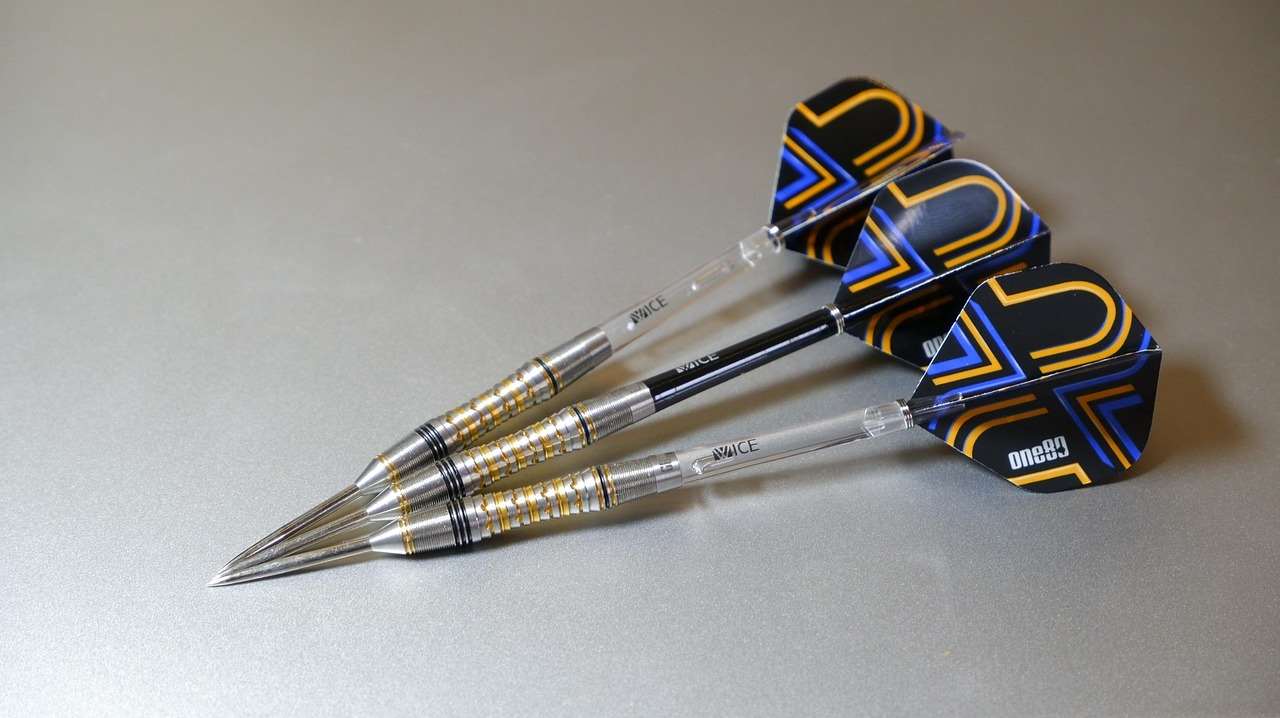
Types of Dart Shafts
There are several types of dart shafts, each with its own advantages and disadvantages. Understanding these differences is essential for successful shaft replacement. Nylon shafts are the most common, offering a good balance of durability and flexibility. Aluminum shafts are lighter and more durable but can be more expensive. Then there are carbon fiber shafts, known for their exceptional strength and lightweight properties – a favorite among professional players. Choosing the right shaft type depends on your playing style and personal preference. Consider factors such as weight, durability, and the feel of the dart in your hand.
Step-by-Step Guide: The Dart Shaft Replacement Process
Let’s break down the dart shaft replacement process into manageable steps. Remember, precision and patience are key here! Incorrectly replacing a shaft can lead to further problems. Always handle your darts with care.
Step 1: Removing the Old Shaft
Gently unscrew the old shaft from the dart barrel. You can use your fingers or a small tool like a pair of pliers if necessary (but be cautious not to damage the barrel!). If the shaft is particularly stubborn, try applying a small amount of lubricant (like silicone grease) to help loosen it. For stubborn shafts, you may wish to review some dart equipment troubleshooting principles.
Step 2: Preparing the New Shaft
Before inserting the new shaft, inspect it for any defects. Ensure it’s the correct size and type for your dart barrel. If you’re using a new shaft for the first time, it may require lubrication. Use a high-quality lubricant specifically designed for darts, and apply only a small amount.
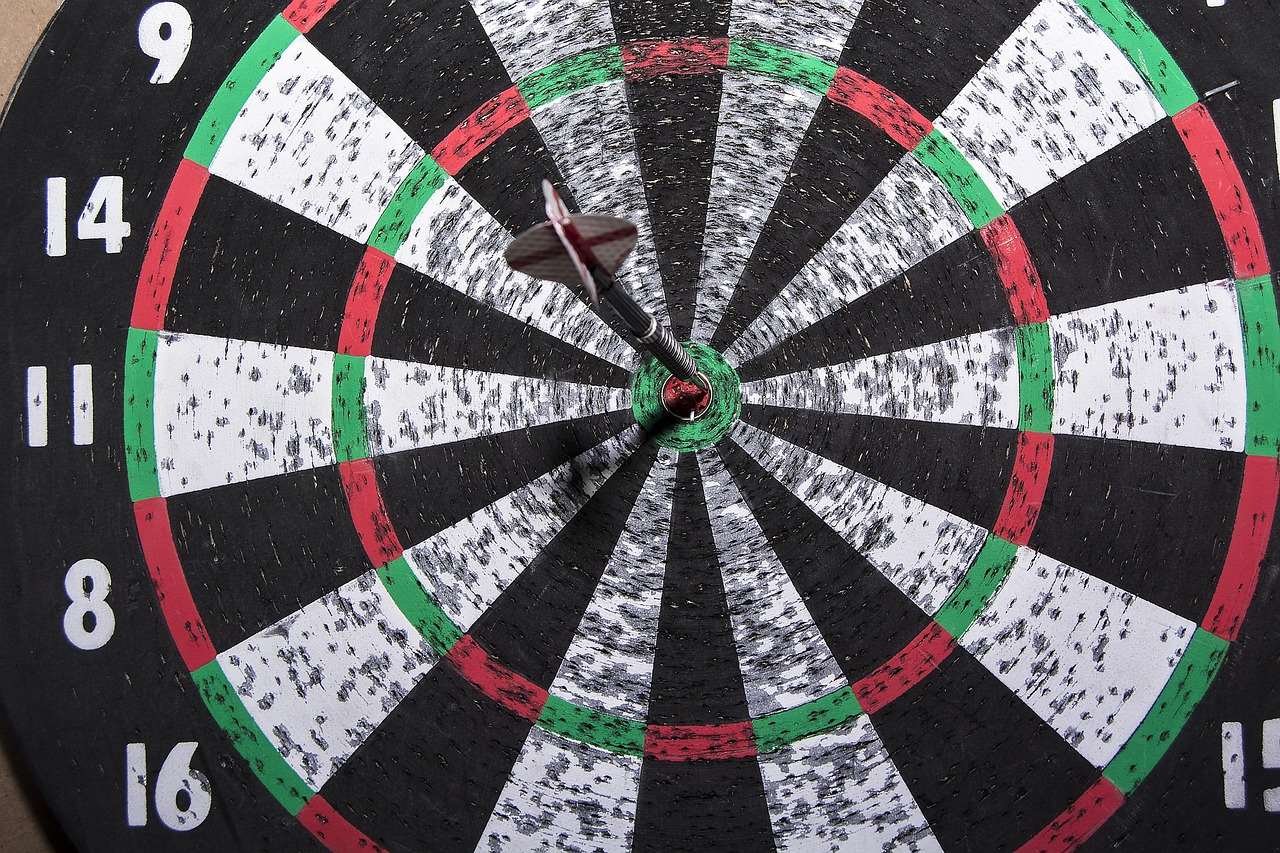
Step 3: Inserting the New Shaft
Carefully align the new shaft with the barrel and screw it on tightly. Don’t overtighten; it’s better to err on the side of caution and avoid damaging either component. Ensure it’s securely fastened before proceeding to the next step. If you find the fit too tight or loose, you might need to consider selecting the right shaft for your dart barrel.
Step 4: Attaching the Flights
Once the shaft is securely attached, carefully attach your flights. Make sure they are properly aligned and securely attached to the shaft. Incorrect flight alignment can significantly impact your throw, so double-check this step before throwing your darts. Consider also learning more about flight protectors and the right flight protector types for your darts. The proper attachment of flights is just as important as the dart shaft replacement process itself.
Troubleshooting Common Issues During the Dart Shaft Replacement Process
Sometimes, the dart shaft replacement process might present some challenges. Let’s explore some common problems and their solutions:
Stripped Threads
If the threads on your dart barrel or shaft are stripped, you’ll need to replace the affected component. There’s no easy fix for this. Carefully inspect your darts after each use to prevent this. This might be a good time to consider the various flight protector installation methods to further protect your shafts and flights.
Loose Fit
If the shaft feels loose, even after tightening, try using a slightly different shaft type or brand. Some darts and shafts are not perfectly compatible. Using the correct sized shaft and lubricant will increase the probability of a successful dart shaft replacement process.
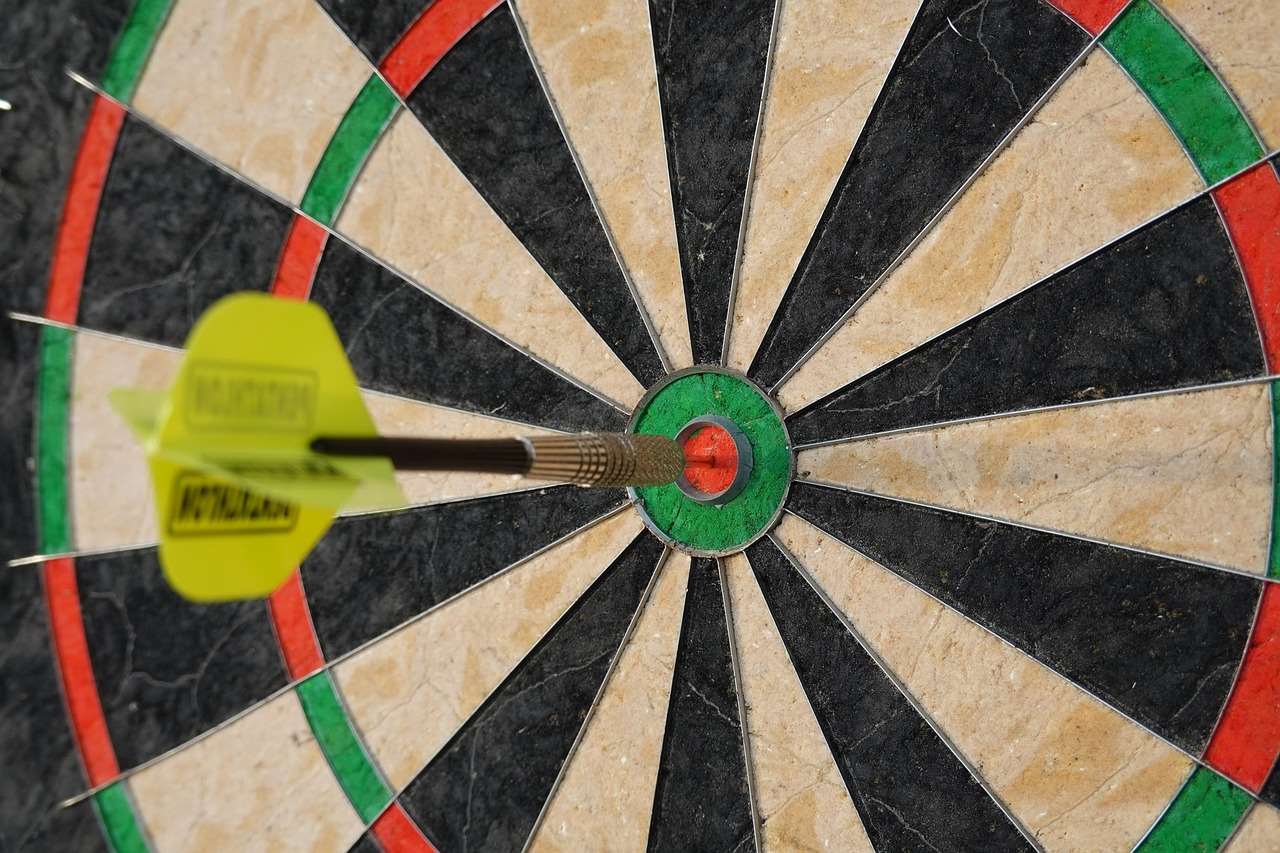
Difficult to Remove
If you are having difficulty removing the old shaft, try applying a lubricant or using a specialized dart shaft remover tool. Avoid excessive force, which could damage the dart barrel. Remember, prevention is key; consistent maintenance is often better than emergency repair.
Maintaining Your Darts for Optimal Performance
Regular maintenance is crucial for extending the life of your darts and ensuring optimal performance. This includes inspecting your shafts for wear and tear, and replacing them as needed. A worn-out shaft can drastically affect your throw, leading to frustration and inconsistency. You might also want to explore preventative measures like using a flight protector, covered in detail in our guide to flight protector and flight shapes. Remember that even minor adjustments, like the right dart shaft replacement process, can greatly enhance your game.
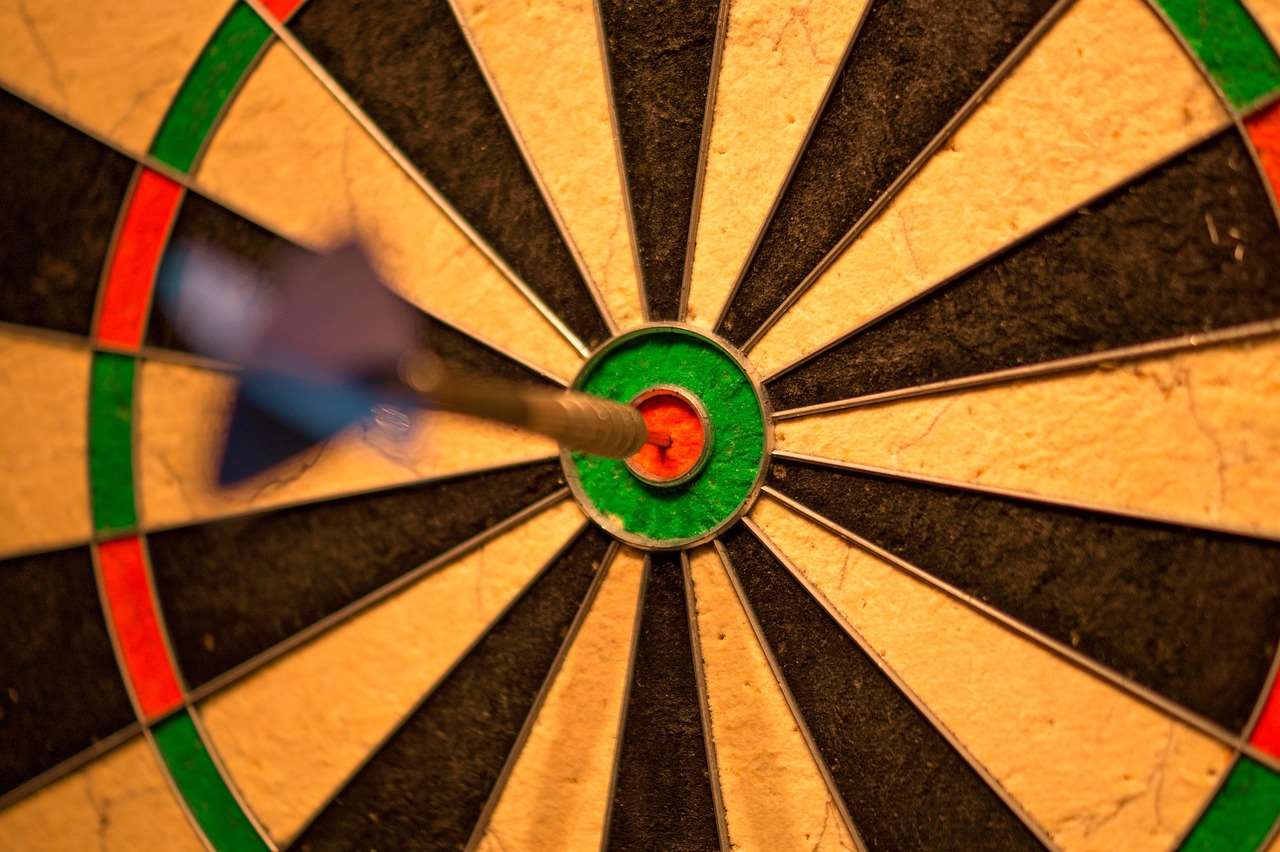
Beyond the Dart Shaft Replacement Process: A Holistic Approach to Dart Care
While mastering the dart shaft replacement process is essential, it’s only one aspect of overall dart maintenance. Regular cleaning, proper storage, and understanding potential issues like bent shafts or damaged flights are all crucial for maximizing the lifespan of your equipment. If you encounter problems, consider our detailed guides on troubleshooting darts at home. Remember, taking care of your darts isn’t just about replacing parts; it’s about understanding your equipment and ensuring you’re always playing at your best. The better you take care of your equipment the better the performance and the less likelihood of having to perform a dart shaft replacement process.
Choosing the Right Dart Shafts
Selecting the appropriate dart shafts for your playing style and preferences is a crucial aspect of improving your game. Factors like material (nylon, aluminum, carbon fiber), length, and diameter can all significantly impact your throw’s accuracy and consistency. Different materials offer unique benefits; nylon shafts are a popular choice due to their balance of durability and flexibility, aluminum provides a lighter option with enhanced strength, while carbon fiber delivers exceptional strength and minimal weight. Understanding these nuances will inform your selection and ensure that your dart shaft replacement process leads to optimal performance. To learn more about customizing your dart equipment, read our guide on Darts Equipment Maintenance Customization.
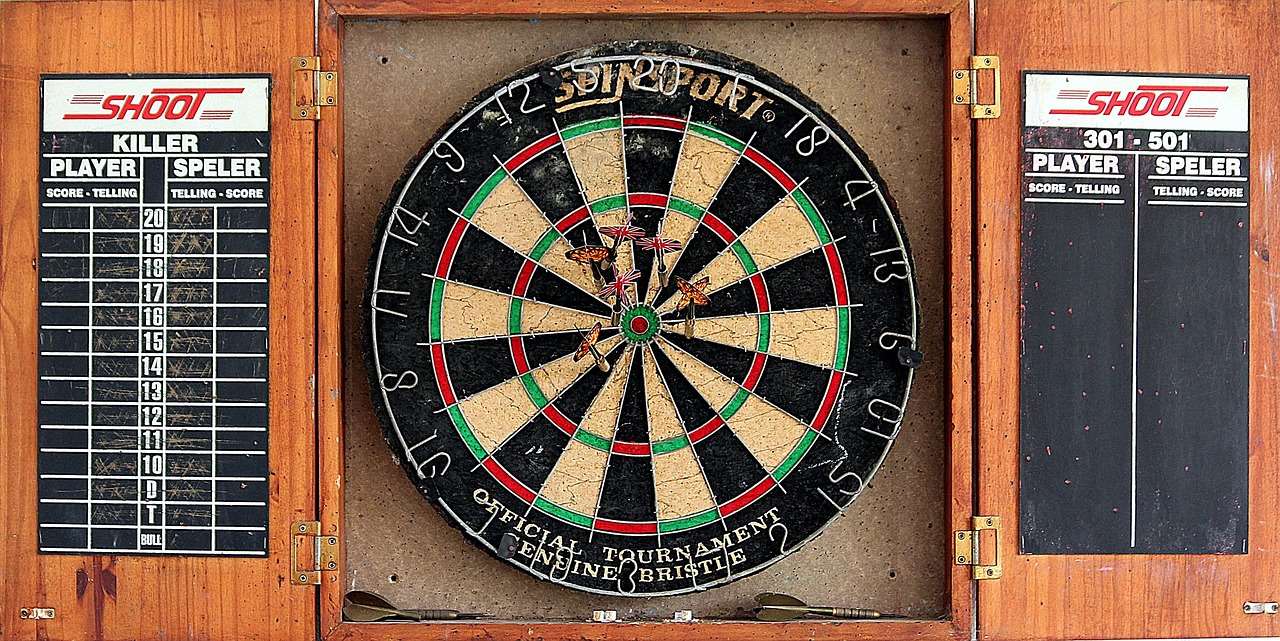
Conclusion
Mastering the dart shaft replacement process is a key skill for any serious dart player. This guide has provided a comprehensive walkthrough, covering various shaft types, step-by-step instructions, and troubleshooting tips. Remember, proper maintenance and regular inspections will prolong the life of your darts and ensure consistent performance. By following these steps, you can maintain your darts and significantly improve your game. Remember to check out our other resources on dart repointing for specific boards and dart repointing programs for more information on maintaining your darts. Keep practicing and refining your technique!
Hi, I’m Dieter, and I created Dartcounter (Dartcounterapp.com). My motivation wasn’t being a darts expert – quite the opposite! When I first started playing, I loved the game but found keeping accurate scores and tracking stats difficult and distracting.
I figured I couldn’t be the only one struggling with this. So, I decided to build a solution: an easy-to-use application that everyone, no matter their experience level, could use to manage scoring effortlessly.
My goal for Dartcounter was simple: let the app handle the numbers – the scoring, the averages, the stats, even checkout suggestions – so players could focus purely on their throw and enjoying the game. It began as a way to solve my own beginner’s problem, and I’m thrilled it has grown into a helpful tool for the wider darts community.